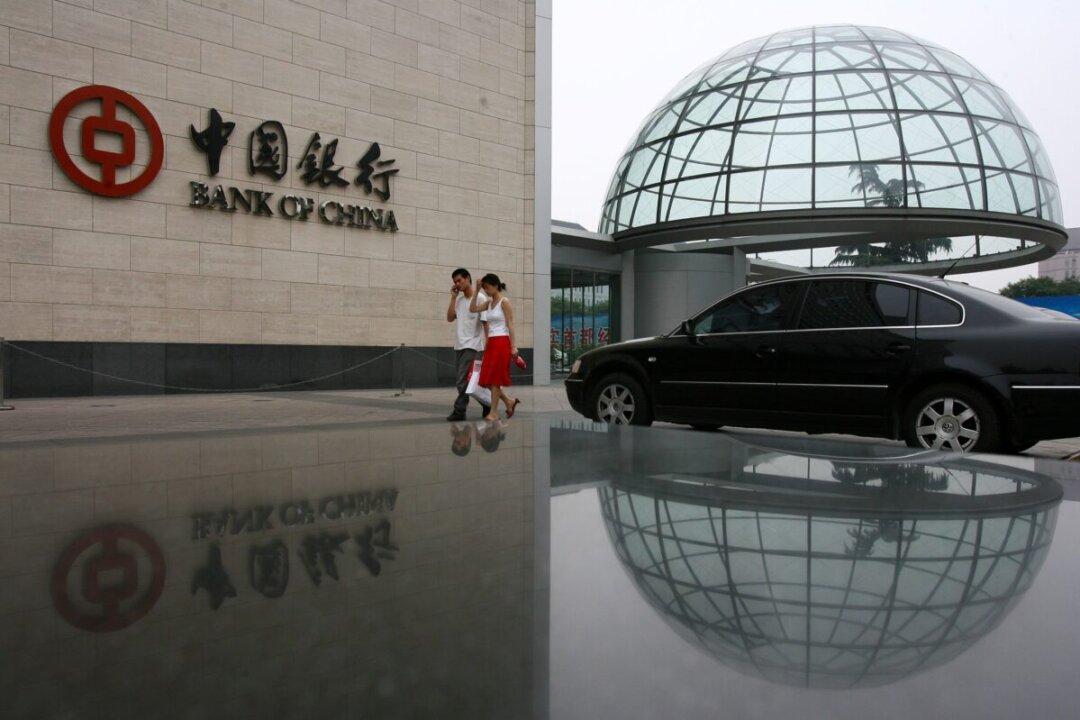News Analysis
China’s economy has been mired in a sort of “silted” deflation: on the one hand, the country’s industrial growth has been stagnant as a result of the G-7-led global “de-risking” strategy against the Chinese Communist Party (CCP); on the other hand, Beijing’s move to increase the money supply has failed to help boost the economy as money is not flowing to people and consumption is still sluggish.





